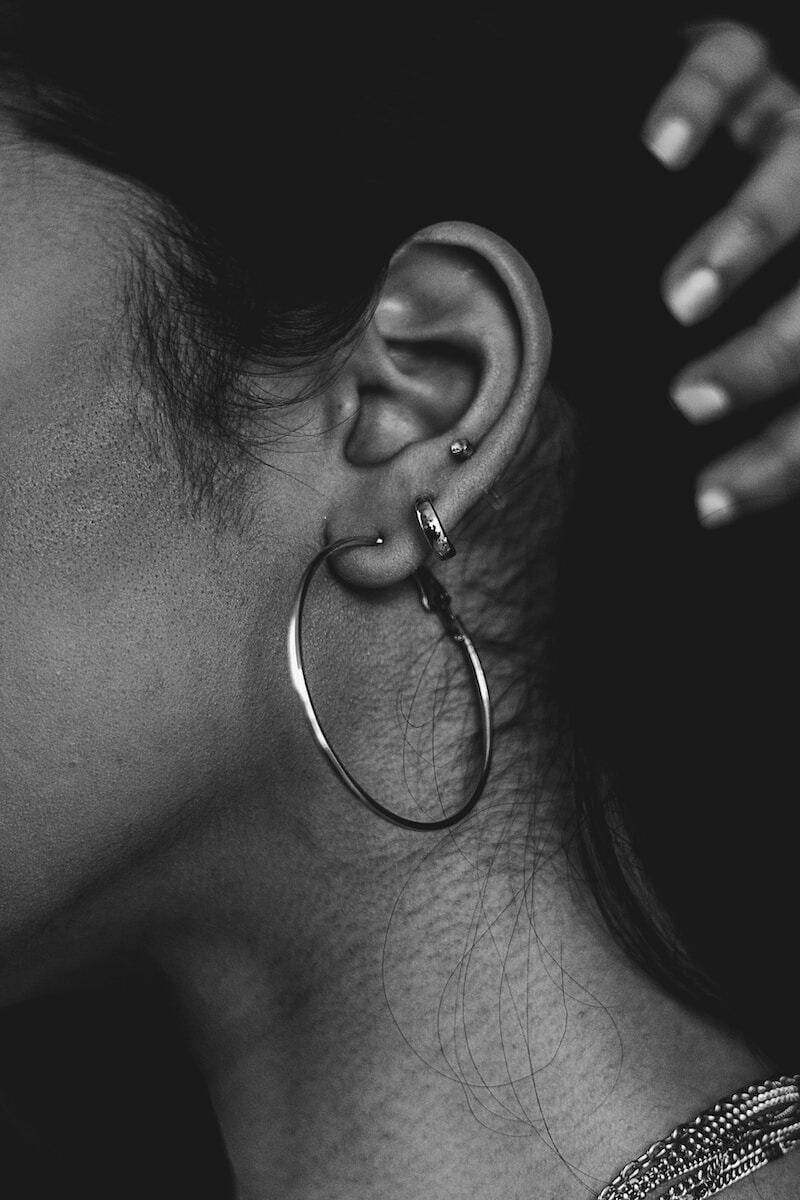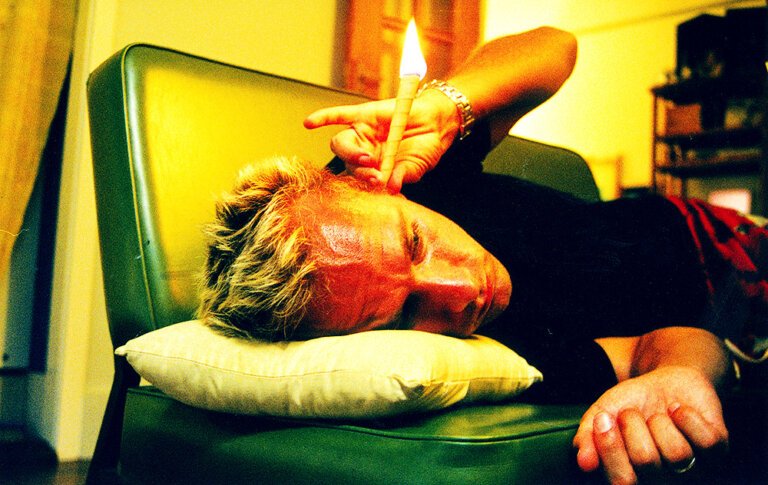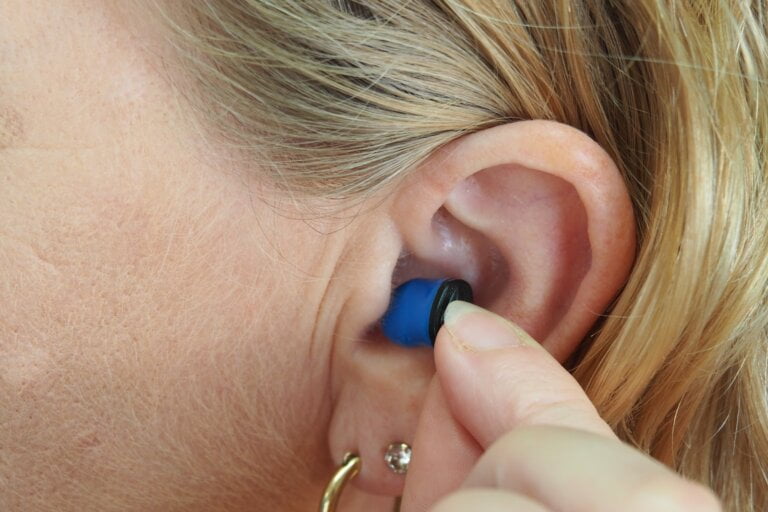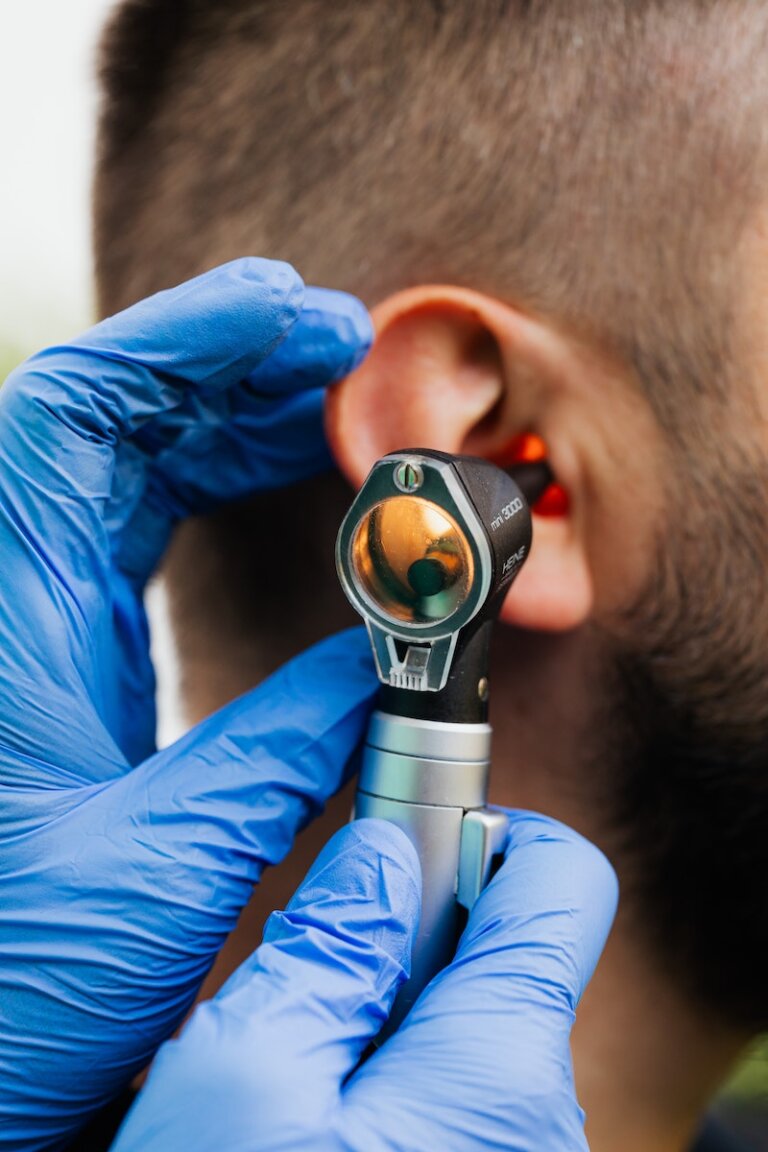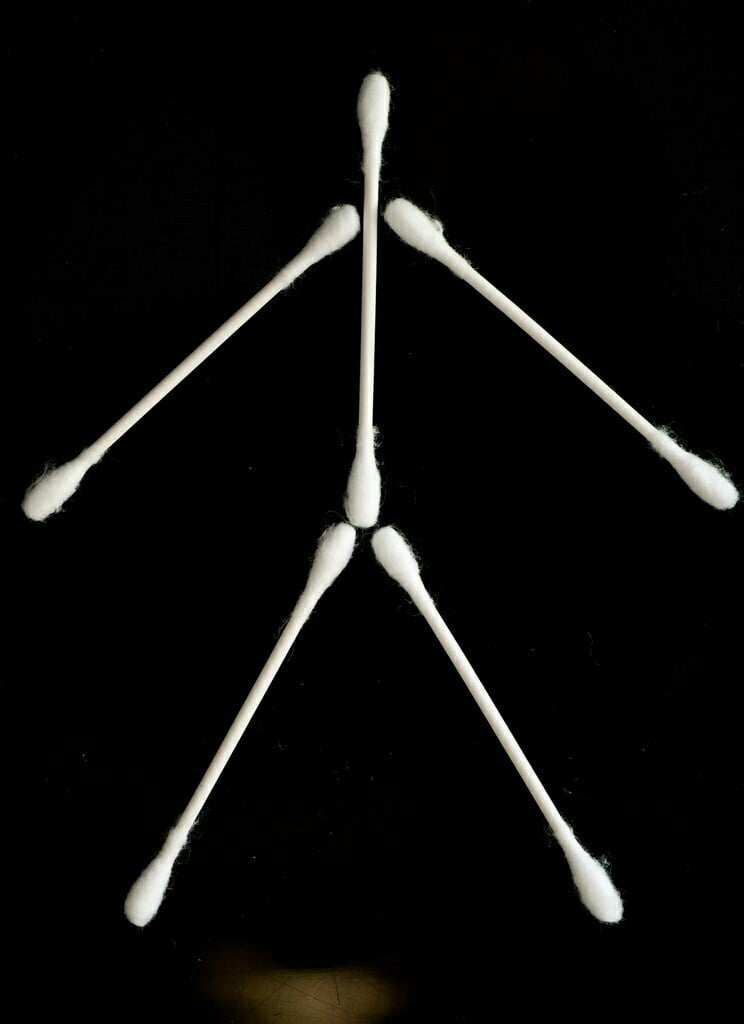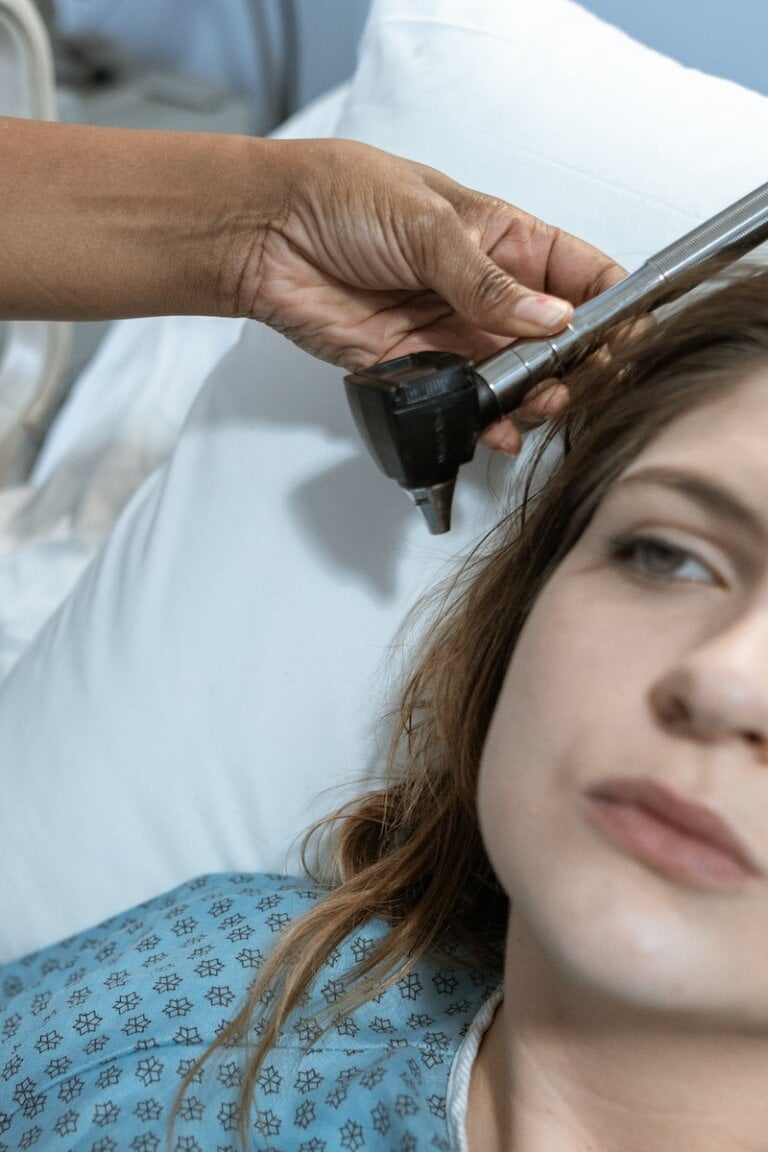Red Flags: Identifying Practitioners to Avoid in Manual Instrument Ear Wax Removal
When it comes to ear wax removal, it is essential to choose a qualified practitioner who can perform the procedure safely and effectively. However, not all practitioners may have the necessary skills and expertise, which can result in potential risks and complications. To ensure a successful and safe ear wax removal experience, it is crucial to be aware of the red flags that indicate practitioners to avoid. In this article, we will discuss these red flags in detail, providing you with the necessary knowledge to make an informed decision.
Lack of Proper Training and Certification
One of the most significant red flags to watch out for is a practitioner who lacks proper training and certification in manual instrument ear wax removal. This procedure requires specific skills and knowledge to be performed correctly. Trained professionals should have a thorough understanding of the anatomy of the ear and the different techniques for safe wax removal. They should also be well-versed in infection control measures and follow proper hygiene protocols.
To ensure that the practitioner you choose is qualified, inquire about their training and certification. Reputable practitioners will be happy to provide you with information about their qualifications, including any relevant certifications or licenses they hold.
It is crucial to make sure that the practitioner has received training from a reputable institution or organization. Look for certifications from recognized bodies such as the International Association of Ear Care Nurses (IAECN) or the American Board of Otolaryngology. These certifications indicate that the practitioner has undergone rigorous training and has met the necessary standards to perform ear wax removal safely and effectively.
In addition to formal training, experience is also essential. Ask the practitioner how many years they have been performing manual instrument ear wax removal and how many patients they have treated. A practitioner with a significant amount of experience is more likely to have encountered various ear wax situations and can handle them with expertise.
Inadequate Equipment and Facilities
Another red flag to be cautious of is a practitioner who lacks proper equipment and facilities for ear wax removal. This procedure requires specific tools and instruments designed for safe and effective wax removal. If the practitioner uses outdated or improper equipment, it can lead to complications such as ear canal injuries, perforations, or incomplete removal of the wax.
During your initial consultation, take note of the equipment and facilities used by the practitioner. Ensure that they have modern and well-maintained tools, including suction devices, microscopes, and appropriate lighting. The clinic or facility should also adhere to strict cleanliness and hygiene standards to minimize the risk of infections.
A reputable practitioner will invest in high-quality equipment and ensure that it is well-maintained and regularly calibrated. They will understand the importance of using tools specifically designed for ear wax removal, such as cerumen loops, Jobson Horne probes, or curettes. These instruments allow for precise and safe wax removal without causing harm to the delicate structures of the ear.
In addition to the equipment, the facility itself should be clean, organized, and well-equipped. Look for signs of cleanliness, such as properly sterilized tools and disposable covers for equipment that comes in contact with the patient’s ears. The clinic should have designated areas for cleaning and disinfecting instruments, as well as a waiting area that is comfortable and hygienic.
Limited Experience and Expertise
Practitioners with limited experience and expertise in manual instrument ear wax removal should also raise a red flag. This procedure requires a certain level of skill and precision, which comes with practice and hands-on experience. Inexperienced practitioners may not be able to perform the procedure accurately, increasing the risk of complications.
When choosing a practitioner, ask about their experience in performing ear wax removal. Ideally, you should look for someone who has been practicing this procedure for a significant period and has successfully treated numerous patients. You can also inquire about any specialized training or additional certifications they may have obtained to ensure their expertise in the field.
Experience and expertise go hand in hand when it comes to manual instrument ear wax removal. A practitioner who has treated a wide range of patients with different ear wax conditions is more likely to have encountered various challenges and developed effective strategies to overcome them. They will be familiar with the different types of wax, such as wet or dry wax, and know the appropriate techniques to remove them safely.
Additionally, consider the practitioner’s ongoing commitment to professional development. Look for evidence of their participation in workshops, conferences, or continuing education courses related to ear wax removal. This shows that they are dedicated to staying updated with the latest advancements and techniques in the field.
Lack of Patient Education and Communication
A practitioner who fails to educate and communicate effectively with patients is another red flag to avoid. Clear communication is crucial for understanding the procedure, its potential risks, and aftercare instructions. A reliable practitioner will take the time to explain the process, address any concerns or questions, and provide you with detailed post-removal care instructions.
During your consultation, pay attention to how the practitioner communicates with you. They should be attentive, patient, and willing to answer all your queries. If the practitioner seems dismissive, does not provide clear explanations, or shows a lack of interest in your well-being, it may be best to find another professional who values patient education and communication.
Effective communication starts from the moment you schedule your appointment. The practitioner’s staff should be friendly and knowledgeable, addressing any questions or concerns you may have about the procedure. They should provide you with detailed instructions on how to prepare for the appointment, such as avoiding the use of ear drops or other medications.
During the actual procedure, the practitioner should explain each step and inform you about any sensations or discomfort you may experience. They should also discuss the potential risks or complications that may arise during or after the procedure. After the wax removal, they should provide you with clear instructions on how to care for your ears, including any medications or post-procedure precautions.
Unreasonable Claims and Promises
Beware of practitioners who make unrealistic claims or promises regarding the outcomes of the ear wax removal procedure. While manual instrument ear wax removal can be highly effective, it is essential to understand that individual results may vary. Each person’s ear wax situation is unique, and the success of the procedure depends on various factors such as the type and amount of wax present, the condition of the ear canal, and any underlying ear conditions.
A reputable practitioner will provide you with realistic expectations and discuss the potential risks and limitations of the procedure. They will also offer alternative solutions or refer you to a specialist if necessary. Avoid practitioners who guarantee immediate or miraculous results without proper assessment and evaluation.
During your consultation, ask the practitioner about the possible outcomes of the procedure based on your specific situation. They should be able to explain the expected results in a realistic manner, taking into account any factors that may affect the success of the procedure. They should also be transparent about the limitations of manual instrument ear wax removal and discuss alternative options if necessary.
Conclusion
When it comes to manual instrument ear wax removal, identifying red flags and avoiding practitioners who do not meet the necessary criteria is crucial for a safe and successful procedure. Ensure that the practitioner has proper training and certification, uses adequate equipment and facilities, possesses sufficient experience and expertise, communicates effectively, and avoids making unreasonable claims. By being vigilant and informed, you can choose a qualified practitioner who will prioritize your safety and well-being throughout the ear wax removal process.
(Note: The complete article is provided in markdown format below.)
When it comes to ear wax removal, it is essential to choose a qualified practitioner who can perform the procedure safely and effectively. However, not all practitioners may have the necessary skills and expertise, which can result in potential risks and complications. To ensure a successful and safe ear wax removal experience, it is crucial to be aware of the red flags that indicate practitioners to avoid. In this article, we will discuss these red flags in detail, providing you with the necessary knowledge to make an informed decision.
Lack of Proper Training and Certification
One of the most significant red flags to watch out for is a practitioner who lacks proper training and certification in manual instrument ear wax removal. This procedure requires specific skills and knowledge to be performed correctly. Trained professionals should have a thorough understanding of the anatomy of the ear and the different techniques for safe wax removal. They should also be well-versed in infection control measures and follow proper hygiene protocols.
To ensure that the practitioner you choose is qualified, inquire about their training and certification. Reputable practitioners will be happy to provide you with information about their qualifications, including any relevant certifications or licenses they hold.
- Ask the practitioner about their training and certification in manual instrument ear wax removal.
- Inquire about the institutions or organizations from which they received their training.
- Look for certifications from recognized bodies such as the International Association of Ear Care Nurses (IAECN) or the American Board of Otolaryngology.
- Ask about any specialized training or additional certifications they may have obtained.
- Consider the years of experience they have in performing ear wax removal.
It is crucial to make sure that the practitioner has received training from a reputable institution or organization. Look for certifications from recognized bodies such as the International Association of Ear Care Nurses (IAECN) or the American Board of Otolaryngology. These certifications indicate that the practitioner has undergone rigorous training and has met the necessary standards to perform ear wax removal safely and effectively.
In addition to formal training, experience is also essential. Ask the practitioner how many years they have been performing manual instrument ear wax removal and how many patients they have treated. A practitioner with a significant amount of experience is more likely to have encountered various ear wax situations and can handle them with expertise.
Inadequate Equipment and Facilities
Another red flag to be cautious of is a practitioner who lacks proper equipment and facilities for ear wax removal. This procedure requires specific tools and instruments designed for safe and effective wax removal. If the practitioner uses outdated or improper equipment, it can lead to complications such as ear canal injuries, perforations, or incomplete removal of the wax.
During your initial consultation, take note of the equipment and facilities used by the practitioner. Ensure that they have modern and well-maintained tools, including suction devices, microscopes, and appropriate lighting. The clinic or facility should also adhere to strict cleanliness and hygiene standards to minimize the risk of infections.
- Observe the tools and instruments used during the procedure.
- Ensure that the equipment is modern, well-maintained, and appropriate for ear wax removal.
- Look for suction devices, microscopes, and proper lighting.
- Check if the clinic or facility follows strict cleanliness and hygiene standards.
- Pay attention to the sterilization of tools and the use of disposable covers.
A reputable practitioner will invest in high-quality equipment and ensure that it is well-maintained and regularly calibrated. They will understand the importance of using tools specifically designed for ear wax removal, such as cerumen loops, Jobson Horne probes, or curettes. These instruments allow for precise and safe wax removal without causing harm to the delicate structures of the ear.
In addition to the equipment, the facility itself should be clean, organized, and well-equipped. Look for signs of cleanliness, such as properly sterilized tools and disposable covers for equipment that comes in contact with the patient’s ears. The clinic should have designated areas for cleaning and disinfecting instruments, as well as a waiting area that is comfortable and hygienic.
Limited Experience and Expertise
Practitioners with limited experience and expertise in manual instrument ear wax removal should also raise a red flag. This procedure requires a certain level of skill and precision, which comes with practice and hands-on experience. Inexperienced practitioners may not be able to perform the procedure accurately, increasing the risk of complications.
When choosing a practitioner, ask about their experience in performing ear wax removal. Ideally, you should look for someone who has been practicing this procedure for a significant period and has successfully treated numerous patients. You can also inquire about any specialized training or additional certifications they may have obtained to ensure their expertise in the field.
- Inquire about the number of years the practitioner has been performing ear wax removal.
- Ask about the number of patients they have treated.
- Inquire about any specialized training or additional certifications they have obtained.
- Consider their ongoing commitment to professional development.
Experience and expertise go hand in hand when it comes to manual instrument ear wax removal. A practitioner who has treated a wide range of patients with different ear wax conditions is more likely to have encountered various challenges and developed effective strategies to overcome them. They will be familiar with the different types of wax, such as wet or dry wax, and know the appropriate techniques to remove them safely.
Additionally, consider the practitioner’s ongoing commitment to professional development. Look for evidence of their participation in workshops, conferences, or continuing education courses related to ear wax removal. This shows that they are dedicated to staying updated with the latest advancements and techniques in the field.
Lack of Patient Education and Communication
A practitioner who fails to educate and communicate effectively with patients is another red flag to avoid. Clear communication is crucial for understanding the procedure, its potential risks, and aftercare instructions. A reliable practitioner will take the time to explain the process, address any concerns or questions, and provide you with detailed post-removal care instructions.
During your consultation, pay attention to how the practitioner communicates with you. They should be attentive, patient, and willing to answer all your queries. If the practitioner seems dismissive, does not provide clear explanations, or shows a lack of interest in your well-being, it may be best to find another professional who values patient education and communication.
- Assess the practitioner’s communication skills during the consultation.
- Ensure that they take the time to explain the procedure and answer your questions.
- Look for signs of attentiveness, patience, and empathy.
- Consider the clarity of their explanations and instructions.
- Evaluate their willingness to address your concerns and provide detailed aftercare instructions.
Effective communication starts from the moment you schedule your appointment. The practitioner’s staff should be friendly and knowledgeable, addressing any questions or concerns you may have about the procedure. They should provide you with detailed instructions on how to prepare for the appointment, such as avoiding the use of ear drops or other medications.
During the actual procedure, the practitioner should explain each step and inform you about any sensations or discomfort you may experience. They should also discuss the potential risks or complications that may arise during or after the procedure. After the wax removal, they should provide you with clear instructions on how to care for your ears, including any medications or post-procedure precautions.
Unreasonable Claims and Promises
Beware of practitioners who make unrealistic claims or promises regarding the outcomes of the ear wax removal procedure. While manual instrument ear wax removal can be highly effective, it is essential to understand that individual results may vary. Each person’s ear wax
FAQ
1. What should I inquire about to ensure a practitioner is qualified in manual instrument ear wax removal?
To ensure that the practitioner you choose is qualified, inquire about their training and certification in manual instrument ear wax removal. Ask about the institutions or organizations from which they received their training. Look for certifications from recognized bodies such as the International Association of Ear Care Nurses (IAECN) or the American Board of Otolaryngology. Consider the years of experience they have in performing ear wax removal.
2. How can I assess the equipment and facilities used by a practitioner for ear wax removal?
During your initial consultation, take note of the equipment and facilities used by the practitioner. Ensure that they have modern and well-maintained tools, including suction devices, microscopes, and appropriate lighting. Check if the clinic or facility follows strict cleanliness and hygiene standards. Pay attention to the sterilization of tools and the use of disposable covers.
3. What should I consider regarding a practitioner’s experience and expertise in manual instrument ear wax removal?
When choosing a practitioner, ask about their experience in performing ear wax removal. Inquire about the number of years the practitioner has been performing the procedure and the number of patients they have treated. Also, ask about any specialized training or additional certifications they have obtained. Consider their ongoing commitment to professional development.
4. How can I ensure effective communication and patient education from a practitioner?
During your consultation, assess the practitioner’s communication skills. Ensure that they take the time to explain the procedure and answer your questions. Look for signs of attentiveness, patience, and empathy. Consider the clarity of their explanations and instructions. Evaluate their willingness to address your concerns and provide detailed aftercare instructions.

